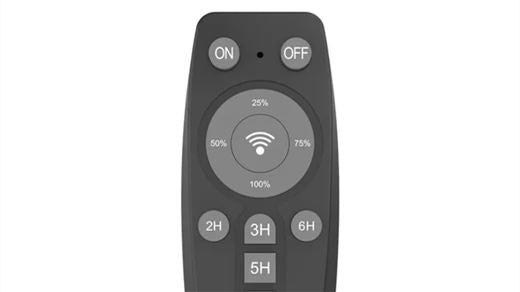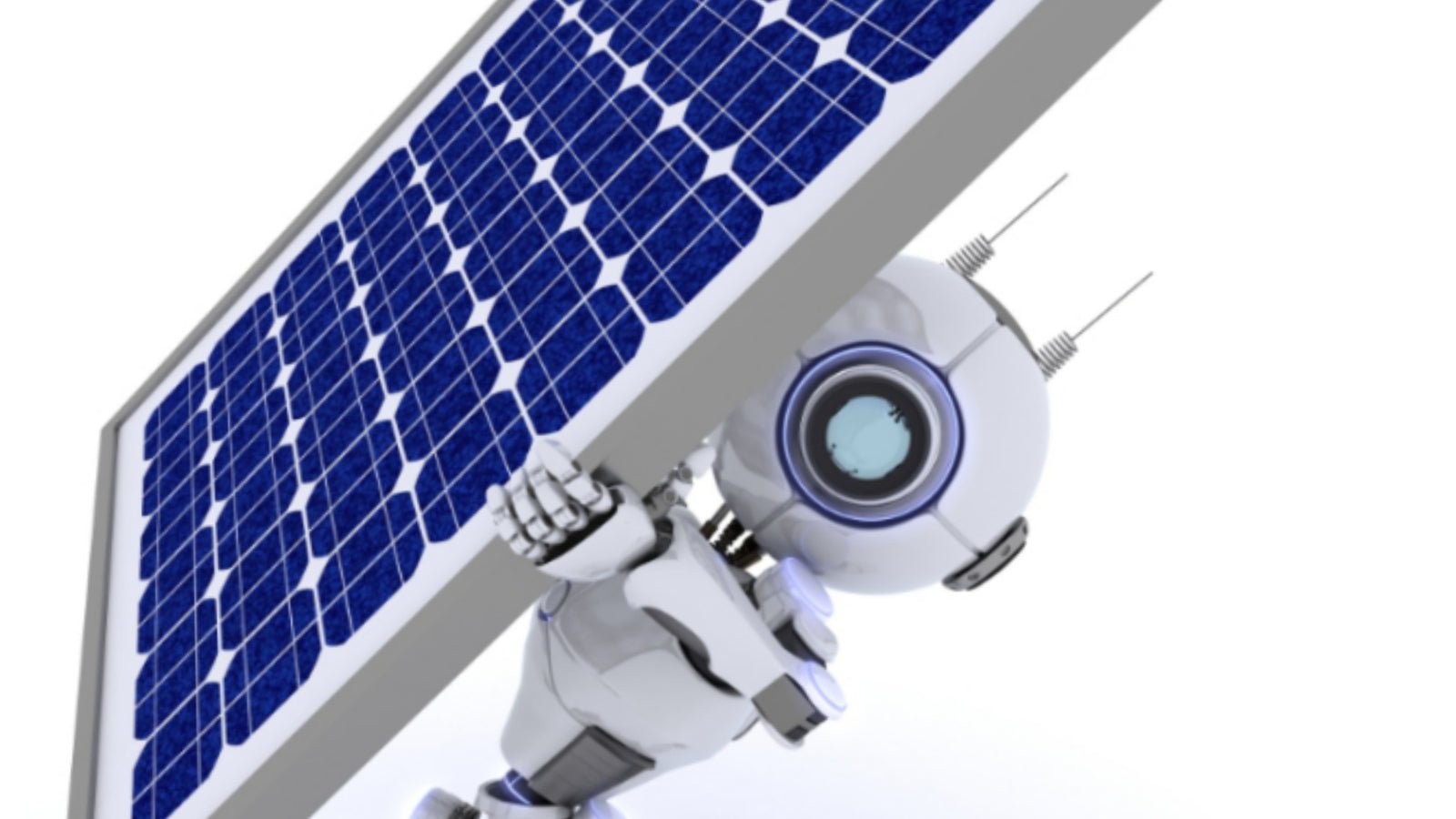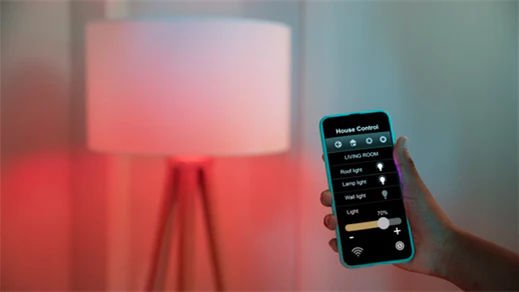1Remote control lights, also known as smart lights, have revolutionized the way we illuminate our homes and offices. In this blog post, we'll delve into the workings of remote lights, address concerns about their electricity consumption, and explore solutions for common issues like losing the remote control.
How Remote Control Lights Work
Remote control lights operate through the integration of a receiver unit within the light fixture and a transmitter unit embedded within the remote control device.
- Transmission Technology: Remote control lights typically utilize either radio frequency (RF) or infrared (IR) transmission technologies. RF is commonly used due to its ability to penetrate obstacles and longer range, while IR offers simplicity and lower cost.

- Remote Control Device: When a user presses a button on the remote control device, it generates a specific signal corresponding to the desired action (e.g., turning the light on/off, adjusting brightness or color). This signal is encoded and modulated onto a carrier frequency.
- Signal Transmission: The modulated signal is then emitted from the remote control device in the form of electromagnetic waves. For RF transmission, these waves propagate through the air and can penetrate walls and obstacles. In the case of IR transmission, the waves are infrared light pulses that require a direct line of sight between the remote and the receiver.
- Receiver Unit: Within the light fixture, a receiver unit is responsible for detecting and decoding the signals transmitted by the remote control device. This receiver unit is typically equipped with an antenna (for RF) or an IR sensor (for IR) to capture the incoming signals.
- Signal Processing: Upon receiving the signal, the receiver unit processes it to extract the encoded command. This process involves demodulating the carrier frequency and decoding the signal to identify the specific action instructed by the user.
- Control Activation: Once the command is decoded, the receiver unit triggers the corresponding action within the light fixture. This may involve switching the circuit to turn the light on or off, adjusting the intensity of the light output, or changing the color temperature or hue for color-changing lights.

- Feedback (Optional): In some advanced remote control lighting systems, bidirectional communication may be established between the remote control device and the receiver unit. This enables feedback mechanisms such as status indicators on the remote to confirm successful execution of commands or to provide information about the current state of the light fixture.
Electricity Consumption
Remote control lights generally do not consume a significant amount of electricity when in standby mode. The receiver in the light fixture typically draws a small amount of power to remain in a ready state to receive signals from the remote control.
However, it's essential to consider the power consumption of the light itself. LED lights, commonly used in remote control lighting systems for their energy efficiency, consume minimal electricity compared to traditional incandescent or fluorescent bulbs. Therefore, even if the remote control light system is left on for extended periods, the overall electricity consumption remains relatively low.
Solutions for Lost Remote Control
Losing the LED light remote can be inconvenient, but there are several solutions to regain control:
- Manual Controls: Many LED light remote features manual controls directly on the light fixture itself. Look for buttons or switches that allow you to turn the light on, off, or adjust its settings without the need for the remote.
- Universal Remotes: If your LED light remote is lost or damaged, consider purchasing a universal remote compatible with your light fixture. Universal remotes can often be programmed to work with various devices, including remote control lights.

- Smartphone Apps: If your remote control light system is part of a smart lighting platform, you can usually control it using a smartphone app. Simply download the app associated with your lighting system, pair it with the light fixture, and enjoy remote control capabilities without the need for a physical remote.
- Replacement Remotes: Contact the manufacturer of your remote control lights to inquire about purchasing a replacement remote. Provide them with the model number or any other relevant information to ensure compatibility.
Conclusion
In conclusion, remote control lights offer convenience, energy efficiency, and versatility in illuminating spaces. By understanding how they work and exploring solutions to common issues like lost remotes, you can make the most of this modern lighting technology in your home or workplace.


































Leave a comment
This site is protected by hCaptcha and the hCaptcha Privacy Policy and Terms of Service apply.